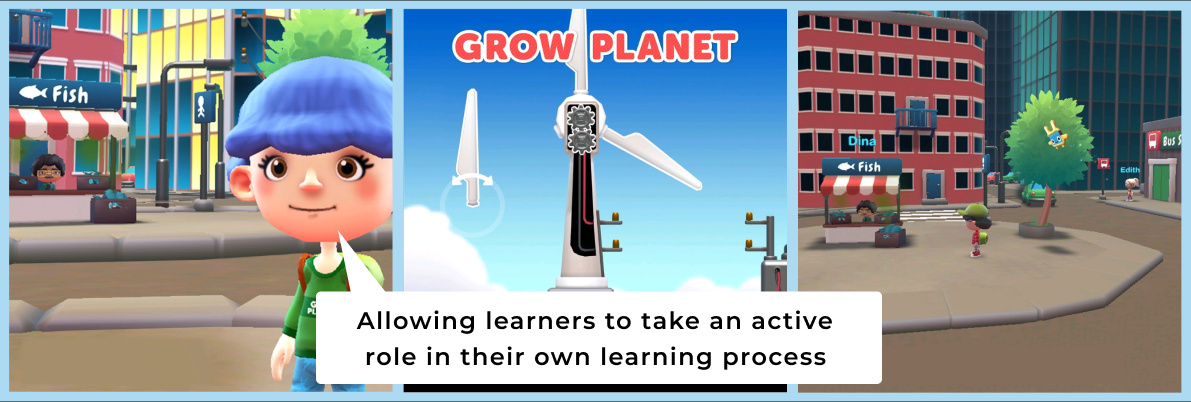






Learning with games
Playing games greatly increases the brain's capacity to memorize things. Games enhance the ability to think in a critical way, which boosts the capacity to retain information for a longer time.
The use of games with learning purposes is not new. Learning is an active process where the learner takes part in it since he builds up new ideas based upon current or past knowledge. Some of the advantages of using games with learning purposes are:
- Learning from your mistakes in a safe and simulated environment
- Learning other ways or more effective techniques to carry out something in particular
- The context of a game is generally more engaging because at every stage there is a challenge to achieve that keeps the learner motivated

Game-based learning vs gamification
Nowadays we are surrounded by a wide range of concepts related to games that can be used for learning purposes such as Gamification or Game-Based Learning.
Gamification is the process of using game mechanics and game thinking in non-gaming contexts to engage users and to solve problems. It is popular for marketing purposes but it is also becoming popular in learning contexts.
Gamification incorporates game elements such as point systems, leaderboards, badges, and other game-related features into "traditional" learning activities to increase engagement and motivation. Gamification and game-based learning are similar in encouraging engagement and long-term motivation in education, but are different practices and can be distinguished.
On the other hand, the aim of Game-Based Learning (GBL) is to teach something while the learner is playing. Game-based learning is an active learning technique that uses games to improve pupil learning. The learning, in this case, comes from playing the game, which promotes critical thinking and problem-solving skills. Game-based learning can be achieved through digital or non-digital games and simulations that allow pupils to experience the learning firsthand.

Digital game-based learning
Classrooms today look very different than they did 30, 20, or even ten years ago.
That’s because digital game-based learning is now a prominent teaching method, thanks to the technology that has become available in classrooms today. This has drastically changed how pupils are taught as well as how they learn.
Studies show that kids play video games an average of 4-6 hours a day — and it’s thought that using similar gameplay in the classroom can increase engagement and overall learnings in classes like maths!
Research has shown 74% of teachers already implement digital game-based learning to help augment instruction.
Compared to traditional instruction, digital game-based learning has shown to be more effective in improving pupils’ mathematical learning. While interacting with games rooted in math, pupils reported enjoying math more and research found them to be more engaged with the content.
Blended learning classrooms, that use both traditional lessons and digital game-based learning, have the most effect on pupils' learning.

Balance
How do we differentiate games that are appropriate for helping pupils learn in the classroom from those that are used purely for entertainment? Researchers have classified games into two categories:
Video games
Games designed for pure entertainment.
Serious games
Games designed to teach or help pupils practice specific skills or content.
While intended for fun, certain video games can be shifted to teach different skills — bringing them into the realm of serious gaming. On the other hand, serious games can incorporate elements of video games to make them more entertaining and engaging.
There is a distinct balance that needs to be reached between these two types of games, to create something educational and fun for pupils.
DGBL (Digital Game-Based Learning) continues to grow in popularity and is being used more frequently. Many teachers have already found reason enough to use various games in their classrooms every week and even more use them on a monthly basis.


